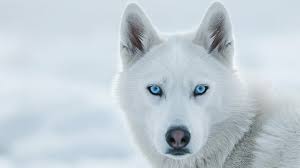Siberian Husky Breed Introduction
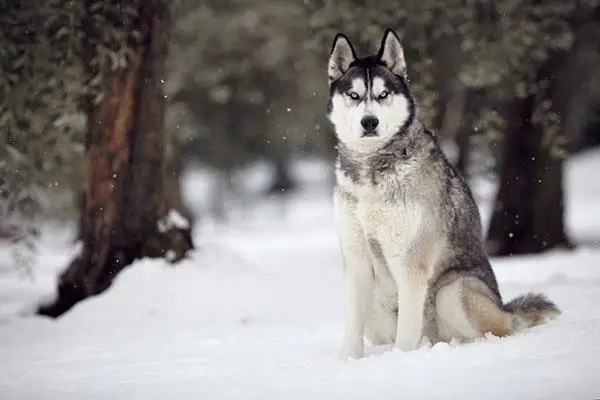
English Name: Siberian Husky
Alias: Siberian Sled Dog
Place of Origin: Siberia
Intelligence Rank: 45th
Size: Medium-sized dog
Price Range: approx. $200-$215 USD
Shoulder Height: 51-60 cm (20-24 inches)
Weight Range: 16-27 kg (35-60 lbs)
Coat Length: Long-haired
Purpose: Companion dog, sled racing dog
Ease of Care: Easy to raise
The origin of the development of Siberian Husky
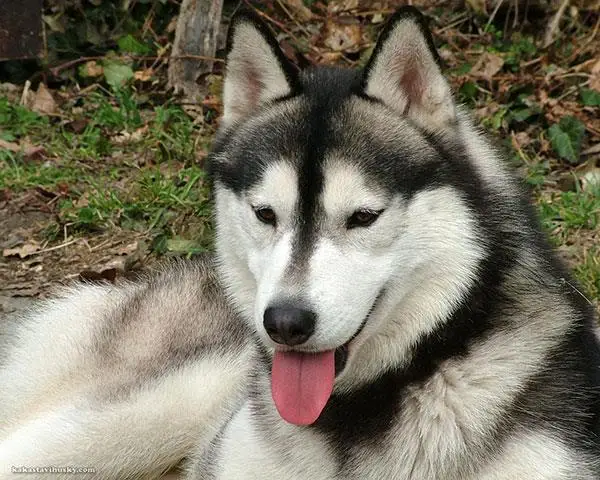
Before the Neolithic era, a group of hunters from Central Asia migrated to Siberia. Over time, the dogs that accompanied these hunters evolved into unique northern breeds through prolonged interbreeding with Arctic wolves. These breeds include Huskies, Samoyeds, and Alaskan Malamutes. The Chukchi people of northeastern Siberia used these wolf-like Huskies as their primary means of transportation for pulling sleds. They also relied on them for hunting and herding reindeer or bred them to trade for food outside their frozen homeland. Huskies became an essential asset to the Chukchi people due to their small but sturdy build, minimal food requirements, lack of body odor, and ability to withstand extreme cold.
In the early 18th century, Americans in Alaska became aware of Husky sled dogs. In 1909, Siberian Huskies made their debut in an Alaskan dog race. By 1930, due to Soviet border closures and trade restrictions, the last batch of Huskies was exported out of Siberia. That same year, Huskies were officially recognized by the American Kennel Club (AKC). They were officially registered in Canada in 1939. By the early 21st century, most Huskies registered in North America were descendants of those imported from Siberia in 1930 and those bred by Leonhard Seppala.
Husky Appearance and Identification Guide
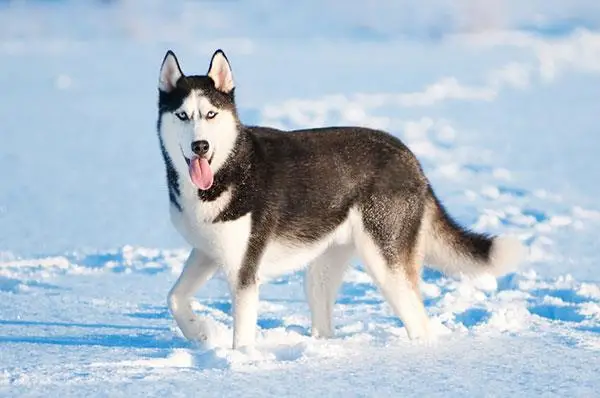
- Size
Height: Male Siberian Huskies stand about 21-23.5 inches (53-60 cm) at the shoulder; females are slightly smaller at about 20-22 inches (51-56 cm).
Weight: Males typically weigh between 45-60 pounds (20-27 kg), while females range from 35-50 pounds (16-23 kg).
Build: Siberian Huskies have a balanced build with compact bodies, sturdy bones, and well-developed muscles suited for working in snowy environments. - Head & Facial Features
Head: The head of a Siberian Husky is wedge-shaped with an alert and intelligent look.
Ears: Erect ears that are triangular in shape; they are relatively small but set high on the head.
Eyes: One of their most striking features is their eyes which can be blue or green. Occasionally they may exhibit heterochromia where each eye has a different color. Their almond-shaped eyes give off an expressive alertness.
Facial Markings: They often sport “mask-like” markings on their face that can be black or dark gray which adds to their distinctive appearance. - Coat & Color
Coat: They possess a dense double-layered coat; the outer layer is straight and harsh while the undercoat is soft and thick providing excellent insulation against cold weather.
Color: Their fur comes in various colors such as black, gray, white, red as well as pure white. Common patterns include combinations like black-and-white or gray-and-white.
Tail: Their tails resemble feather dusters—fluffy with an upward curl held high. - Gait & Movement
Siberian Huskies move with smooth strides characterized by large light steps showcasing their endurance & speed making them efficient sled-pullers over long distances in snowy terrains. - Identifying A Siberian Husky
Head & Eyes: Look for distinct facial markings especially masks along with bright expressive eyes which can be blue or green-blue sometimes exhibiting heterochromia.
Ears & Tail: Erect triangular ears paired with high curled fluffy tails make them easily recognizable.
Coat & Coloration: They feature dense double-layered coats—harsh outer layers coupled with soft undercoats coming mostly in black-white gray-white or red-white hues.
Build & Gait: Compact muscular builds combined with powerful strides give off an impression of swift movement.
Characteristics of Siberian Huskies
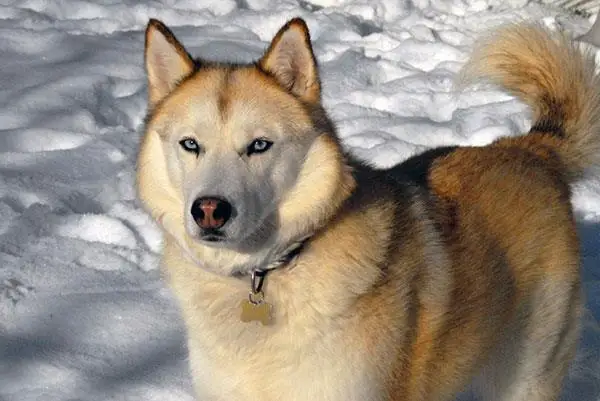
Huskies are generally very amiable towards both humans and other animals. They thrive on social interactions and are known for their outgoing nature.
- Intelligent but Independent
Huskies possess high intelligence, coupled with a strong sense of independence. This combination can sometimes make them seem stubborn during training sessions, necessitating patience and consistency from the trainer. - Energetic
Being a working breed, Huskies are full of energy. They require substantial exercise to keep themselves physically fit and mentally stimulated. - Adventurous
Naturally inclined towards exploration, Huskies exhibit a pronounced curiosity and a love for adventure. - Occasional Howling or Barking
Although not as prone to frequent barking as some other breeds, Huskies can sometimes emit sounds reminiscent of wolf howls. - Cold Climate Adaptation
Originally hailing from cold regions, Huskies boast thick double-layered coats that enable them to thrive in frigid climates. - Not Ideal Guard Dogs
Given their friendly disposition towards strangers, Huskies do not make effective guard dogs.
